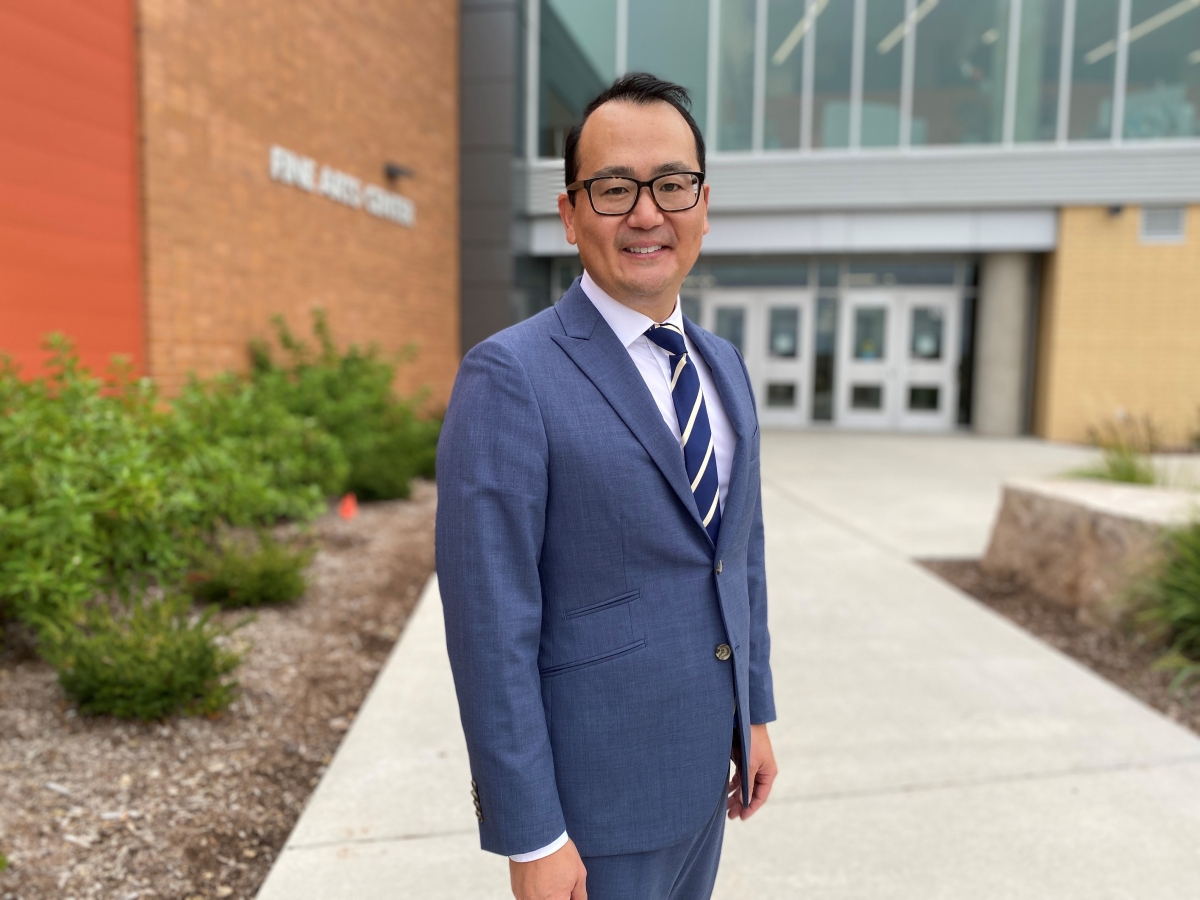
An Op-Ed by Kabby Hong, 2022 Wisconsin Teacher of the Year and the first Asian American teacher to represent Wisconsin in the National Teacher of the Year program. He is an English teacher at Verona Area High School in Verona, Wisconsin.
We were about to start reading the book The Latehomecomer by Hmong American writer Kao Kalia Yang in my 11th grade English class. On the first day of any new unit, I like to see what my students already know about a topic, so I wrote the word “Hmong” on the board and asked my students to write anything they know about the word.
Nearly all of my students wrote “don’t know” or “nothing” on the board. Only one student wrote the word “Vietnam."
Wisconsin is home to the third largest Hmong American population in the country, where many settled after fleeing from persecution by the North Vietnamese for bravely fighting alongside America during the Vietnam War. We have Hmong American staff members and students at my high school, so I imagined there was some background knowledge. I was wrong.
The invisibility of Hmong Americans is indicative of the invisibility of all Asian Americans, not just in school curriculum but also in society. Wisconsin lawmakers, from both parties, recognized the problem of this invisibility and in a historic vote, they recently passed the bill that would require Asian American and specifically, Hmong American history and identity to be taught in all schools. This effort started in 2005, and through persistence and work of a broad, bipartisan coalition, it is finally headed to Governor Evers’ desk to be signed. Wisconsin is now the sixth state to require Asian American Pacific Islander (AAPI) history, following Illinois, Florida, New Jersey, Connecticut, and Rhode Island.
The reinvorgated efforts to require AAPI history came as a direct result from the explosion of hate crimes directed against the AAPI community during the pandemic and continues to this day. From 2020-2022, there were a total of 11,409 reported acts of hate against Asian Americans, according to StopAAPIHate.org. Those are the ones that we know about, as experts say that hate crimes in the AAPI community are often unreported. The new law requiring AAPI history to be taught, while historic and hopeful, is just the starting point of the change that needs to happen.
As an Asian American educator, I realize that AAPI identity and history is a blind spot even for me. I never had a real education about the contributions and history of people who look like me. For far too long our school curricula have been silent about the dazzling array of contributions from the AAPI community. Laws and mandates are one thing but for real change to happen for students across the country, teachers will have to be vulnerable enough to explore the unknown and actively address their knowledge gaps. I know that this can be challenging. No teacher likes having a tentative grasp of basic facts or a vague idea of a historical concept or identity. It would be so easy to avoid the extra step of learning a new concept or having a conversation about an identity that is not your own. The thing that I love most about teaching is that I’m often learning as much from my students as they are learning from me. Teaching is a profession where you are constantly learning about your content area, your profession and often about yourself. Approaching this lack of knowledge of AAPI history with a spirit of inquiry and curiosity makes all of the difference for our students.
If there is one thing I know about Wisconsin teachers, it’s that we aren’t afraid of doing what’s best for our kids. We do it every day. The new law is just a piece of paper until teachers bring it to life in our classrooms. My hope is that when future teachers write the word Hmong on a board, they will be met with a wide variety of responses that demonstrate that their neighbors, their teachers and their fellow classmates are invisible no more.